 W
WFelice Beato, also known as Felix Beato, was an Italian–British photographer. He was one of the first people to take photographs in East Asia and one of the first war photographers. He is noted for his genre works, portraits, and views and panoramas of the architecture and landscapes of Asia and the Mediterranean region. Beato's travels gave him the opportunity to create images of countries, people, and events that were unfamiliar and remote to most people in Europe and North America. His work provides images of such events like the Indian Rebellion of 1857 and the Second Opium War, and represents the first substantial body of photojournalism. He influenced other photographers, and his influence in Japan, where he taught and worked with numerous other photographers and artists, was particularly deep and lasting.
 W
WSir Cecil Walter Hardy Beaton, was a British fashion, portrait and war photographer, diarist, painter, and interior designer, as well as an Oscar–winning stage and costume designer for films and the theatre.
 W
WWilhelm Joseph Burger was an Austrian photographer and painter, based in Vienna. Around the 1870s, he traveled to Thailand and Japan, as well as the Arctic, where he took photographs that have become historical documents and are kept in international archives.
 W
WWilliam Kinnimond Burton was a British engineer, photographer and photography writer, born in Edinburgh, Scotland, who lived most of his career in Meiji period Japan.
 W
WAdolfo Farsari was an Italian photographer based in Yokohama, Japan. His studio, the last notable foreign-owned studio in Japan, was one of the country's largest and most prolific commercial photographic firms. Largely due to Farsari's exacting technical standards and his entrepreneurial abilities, it had a significant influence on the development of photography in Japan.
 W
WBurton Samuel Glinn was an American professional photographer who worked with Magnum Photos. He covered revolutionary leader Fidel Castro's entrance into Havana, Cuba, and photographed people such as Andy Warhol and Helen Frankenthaler. Glinn's photos show such things as the social scene of the rich, the dirtiness of politics, and the humorous flotilla that called itself the Seattle Tubing Society. He was also a contributor to Holiday.
 W
WPaul Graham is a British fine-art and documentary photographer. He has published three survey monographs, along with 17 other publications.
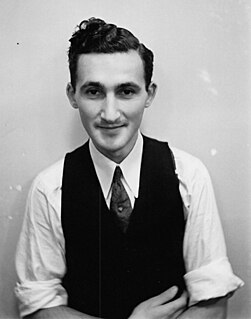 W
WBernard Hoffman (1913–1979) was an American photographer and documentary photographer. The bulk of his photographic journalism was done during the first 18 years of the revamped Life magazine, starting in 1936. During this time he produced many photo essays, including a shoot with Carl Sandburg in 1938. He is, perhaps, most known as the first American photographer on the ground at Hiroshima and Nagasaki after the atomic bomb was dropped in 1945, providing some harrowing glimpses into the destructive power of the bomb.
 W
WThe Ken Domon Museum of Photography was opened in 1983 in Sakata, Yamagata (Japan), the birthplace of the photographer Ken Domon.
 W
WWilliam Klein is an American-born French photographer and filmmaker noted for his ironic approach to both media and his extensive use of unusual photographic techniques in the context of photojournalism and fashion photography. He was ranked 25th on Professional Photographer's list of 100 most influential photographers.
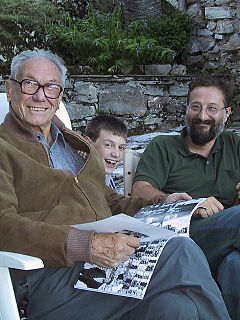 W
WFosco Maraini was an Italian photographer, anthropologist, ethnologist, writer, mountaineer and academic.
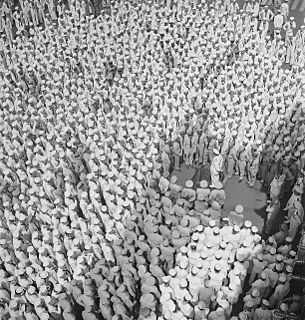 W
WWayne Forest Miller was an American photographer known for his series of photographs The Way of Life of the Northern Negro. Active as a photographer from 1942 until 1975, he was a contributor to Magnum Photos beginning in 1958.
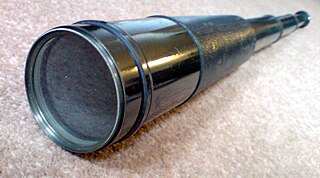 W
WNegretti and Zambra was a company that produced scientific and optical instruments and also operated a photographic studio based in London.
 W
WJoseph Roger O'Donnell was an American documentarian, photojournalist and a photographer for the United States Information Agency.
 W
WPink Box: Inside Japan's Sex Clubs is a book by photojournalist Joan Sinclair, chronicling her exploration of the secret world of fuzoku (prostitution) in Japan. Sinclair was joined by contributor James Farrer, a sociologist, who attempted to "place[s] the images in the context of contemporary Japanese culture".
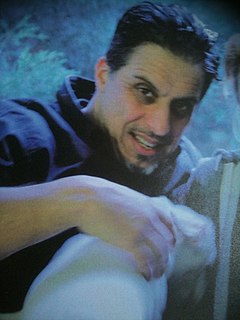 W
WGueorgui Pinkhassov is a photographer, born in Moscow in 1953. He is a member of Magnum Photos.
 W
WJohannes Lijdius Catharinus Pompe van Meerdervoort was a Dutch physician based at Nagasaki, in Bakumatsu period Japan. While in Japan, he briefly taught medicine, chemistry and photography at the Nagasaki Naval Training Center, and established a medical school and hospital. Some of his noted students included Nagayo Sensai and Matsumoto Jun.
 W
WHerbert George Ponting, FRGS was a professional photographer. He is best known as the expedition photographer and cinematographer for Robert Falcon Scott's Terra Nova Expedition to the Ross Sea and South Pole (1910–1913). In this role, he captured some of the most enduring images of the Heroic Age of Antarctic Exploration.
 W
WRaising the Flag on Iwo Jima is an iconic photograph of six United States Marines raising the U.S. flag atop Mount Suribachi during the Battle of Iwo Jima in the final stages of the Pacific War. The photograph, taken by Joe Rosenthal of the Associated Press on February 23, 1945, was first published in Sunday newspapers two days later and reprinted in thousands of publications. It was the only photograph to win the Pulitzer Prize for Photography in the same year as its publication, and was later used for the construction of the Marine Corps War Memorial in 1954, which was dedicated to honor all Marines who died in service since 1775. The memorial, sculpted by Felix de Weldon, is located in Arlington Ridge Park, near the Ord-Weitzel Gate to Arlington National Cemetery and the Netherlands Carillon. The photograph has come to be regarded in the United States as one of the most significant and recognizable images of World War II.
 W
WMarc Riboud was a French photographer, best known for his extensive reports on the Far East: The Three Banners of China, Face of North Vietnam, Visions of China, and In China.
 W
WEmmanuelle Riva was a French actress, best known for her roles in the films Hiroshima mon amour (1959) and Amour (2012).
 W
WJoseph John Rosenthal was an American photographer who received the Pulitzer Prize for his iconic World War II photograph Raising the Flag on Iwo Jima, taken during the 1945 Battle of Iwo Jima. His picture became one of the best-known photographs of the war, and was replicated as the United States Marine Corps War Memorial in Arlington, Virginia.
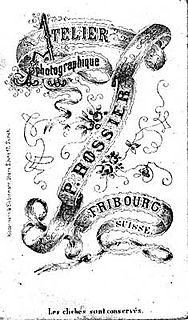 W
WPierre Joseph Rossier was a pioneering Swiss photographer whose albumen photographs, which include stereographs and cartes-de-visite, comprise portraits, cityscapes, and landscapes. He was commissioned by the London firm of Negretti and Zambra to travel to Asia and document the progress of the Anglo-French troops in the Second Opium War and, although he failed to join that military expedition, he remained in Asia for several years, producing the first commercial photographs of China, the Philippines, Japan and Siam. He was the first professional photographer in Japan, where he trained Ueno Hikoma, Maeda Genzō, Horie Kuwajirō, as well as lesser known members of the first generation of Japanese photographers. In Switzerland he established photographic studios in Fribourg and Einsiedeln, and he also produced images elsewhere in the country. Rossier is an important figure in the early history of photography not only because of his own images, but also because of the critical impact of his teaching in the early days of Japanese photography.
 W
WWilliam Eugene Smith was an American photojournalist. He has been described as "perhaps the single most important American photographer in the development of the editorial photo essay." His major photo essays include World War II photographs, the visual stories of an American country doctor and a nurse midwife, the clinic of Albert Schweitzer in French Equatorial Africa, the city of Pittsburgh, and the pollution which damaged the health of the residents of Minamata in Japan. His 1948 series, Country Doctor, photographed for Life, is now recognized as "the first extended editorial photo story".
 W
WJacob Aue Sobol is a Danish photographer. He has worked in East Greenland, Guatemala, Tokyo, Bangkok, Copenhagen, America and Russia. In 2007 Sobol became a nominee at Magnum Photos and a full member in 2012. Four monographs and many catalogues of his work have been published and widely exhibited including at Yossi Milo Gallery in New York and at the Diemar/Noble Photography Gallery in London.
 W
WBaron Raimund von Stillfried, also known as Baron Raimund von Stillfried-Rathenitz, was an Austrian military officer and early professional photographer in Japan. His historical photographs of Japan following the end of the Tokugawa shogunate in the 1870s have been appreciated for their documentary and artistic value and collected in international archives.
 W
WJindřich Štreit is a Czech photographer and pedagogue known for his documentary photography. He concentrates on documenting the rural life and people of Czech villages. He is considered one of the most important exponents of Czech documentary photography.
 W
WTokyo Polytechnic University is a private university in Honchō, Nakano, Tokyo. Its nickname is Shadai (写大). It was formerly known as Tokyo College of Photography.
 W
WTONE camera was a sophisticated Hit-type camera using 17.5 mm paper backed film, introduced by Toyo Kobi Optical Company in occupied Japan in 1948.